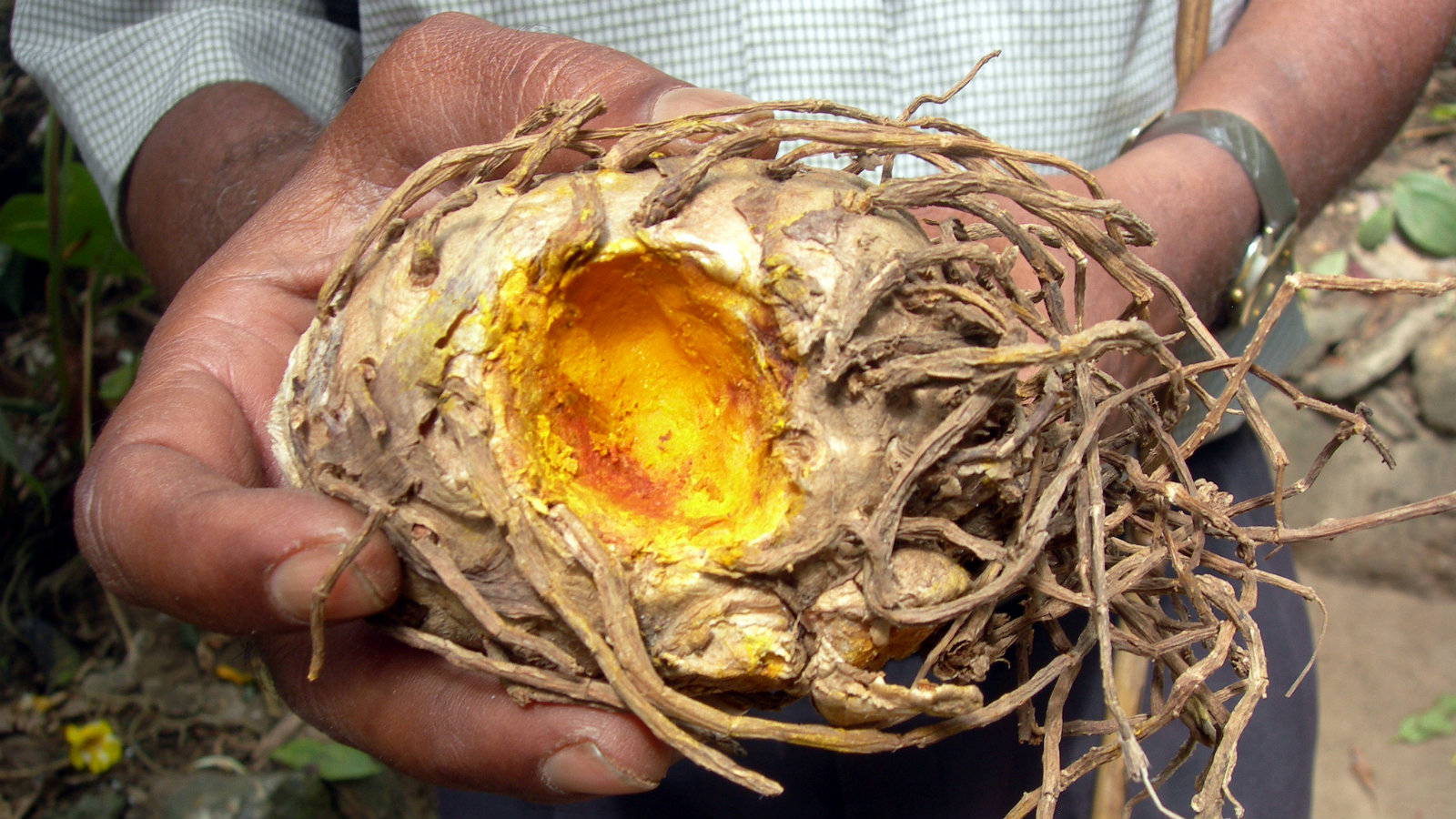What if our next-generation, futuristic antimicrobial turns out to be the same thing people have been using for the last 4,000 years? A new invention could improve food safety by borrowing a trick from ancient civilizations: using spice to fend off germs.
If you want to keep food from spoiling you can load it with sugar (see preserves), or salt (see pickles), or fat (see confit, or SPAM) — but then you end up with a lot of sugar, salt, and fat. You can use synthetic preservatives, or natural chemicals (like the ones you get from smoking food). You can freeze food, but then you have to keep it cold until you are ready to eat it.
Another alternative is to add spices, which can inhibit the growth of harmful microbes. Garlic, onion, cinnamon, allspice, oregano, thyme, cumin, turmeric, and the chemical that makes peppers spicy are all bacteria killers. It’s likely that equatorial cultures have spicier foods because the warm climate leads to faster food spoilage. The flavors that those spices lend to food is a side effect — a delicious side effect.
But we don’t always want everything to taste spicy. Ruplal Choudhary, a food and bioprocess engineer at Southern Illinois University Carbondale, is part of a research team that has found a way that the antimicrobial properties of the spice turmeric might be employed without making foods taste like turmeric. They discovered how to coat glass and metal with curcumin — the main antibacterial chemical in turmeric. The curcumin is embedded in nano-capsules, so it doesn’t rub off and flavor foods. You could imagine using this technology to coat the insides of cans (a substitute for BPA perhaps) or knives and countertops — to provide a new line of defense against food-borne illness.
Choudhary also thinks this technology could be used to make fresh produce safer. As he told the university’s news service:
“Where I grew up, our house was surrounded by gardens,” Choudhary said. “My father never liked to eat produce that came from the store, especially if it was harvested early and ripened in transit or at the store – he said it had no taste. We know now fresher foods are also higher in antioxidants and nutritive value. My goal is to find practical ways to use this technology to preserve food freshness as well as to create antimicrobial surfaces.”
A new application for an ancient technology that could keep food fresher and safer? If I was an executive at Chipotle, I’d be perking up my ears right now.



